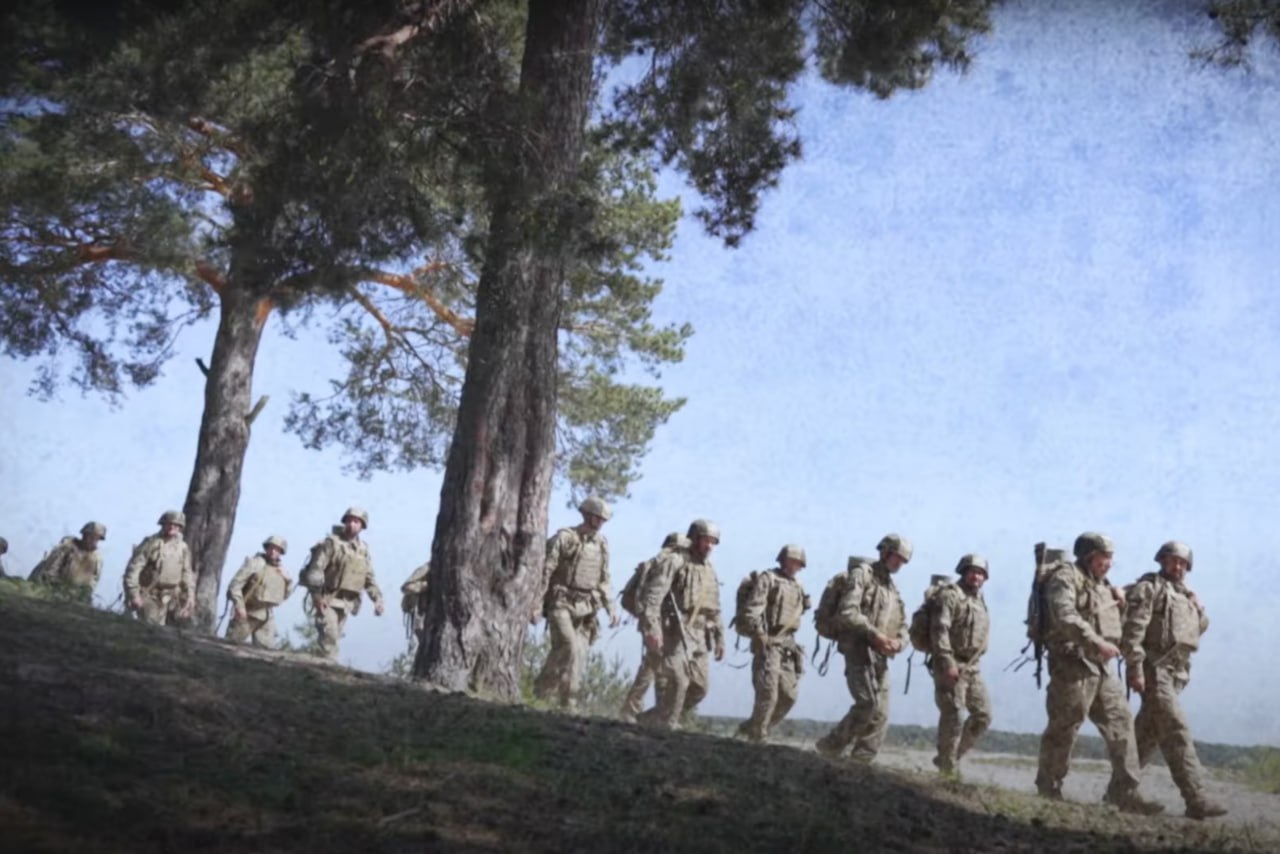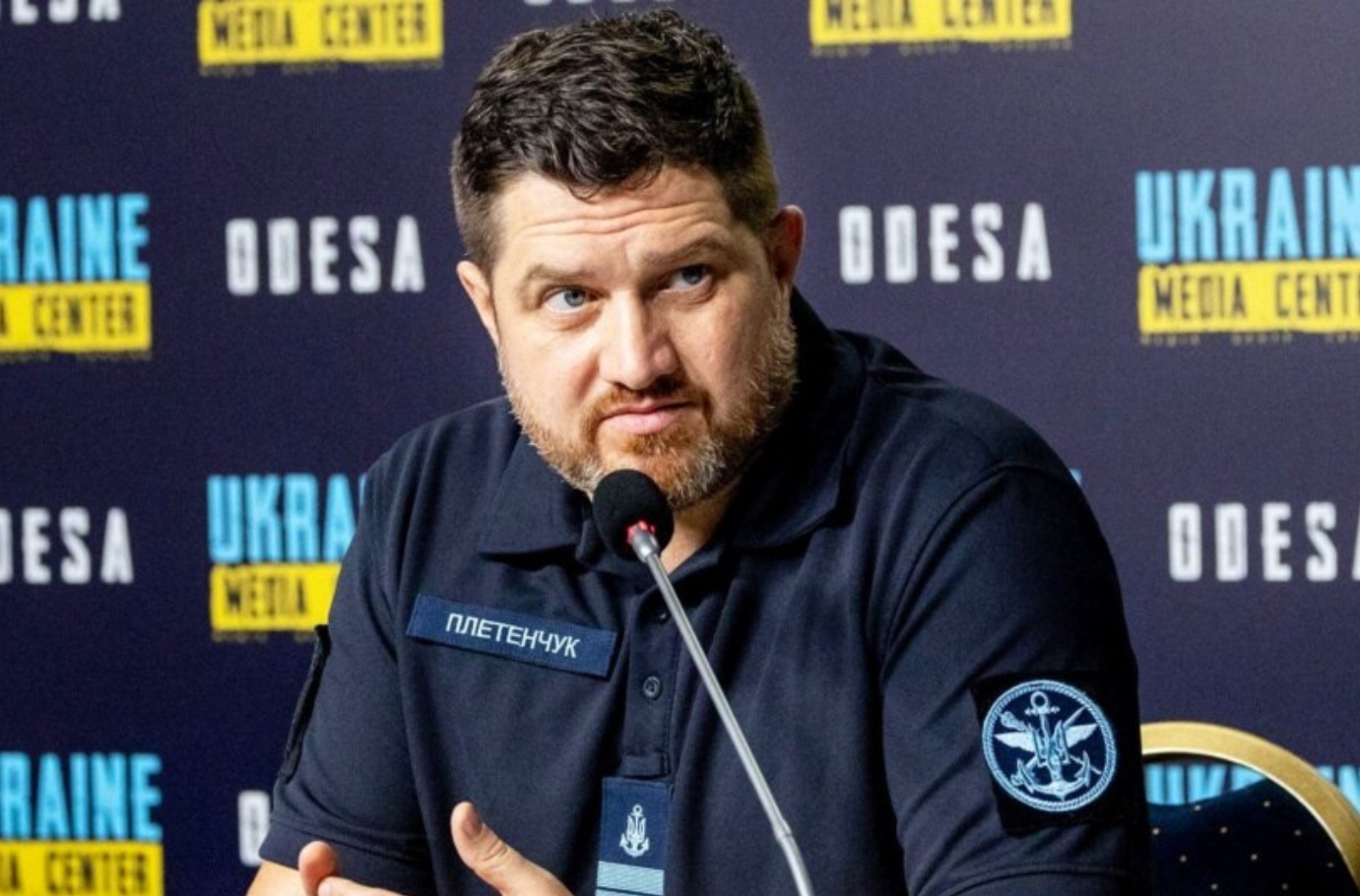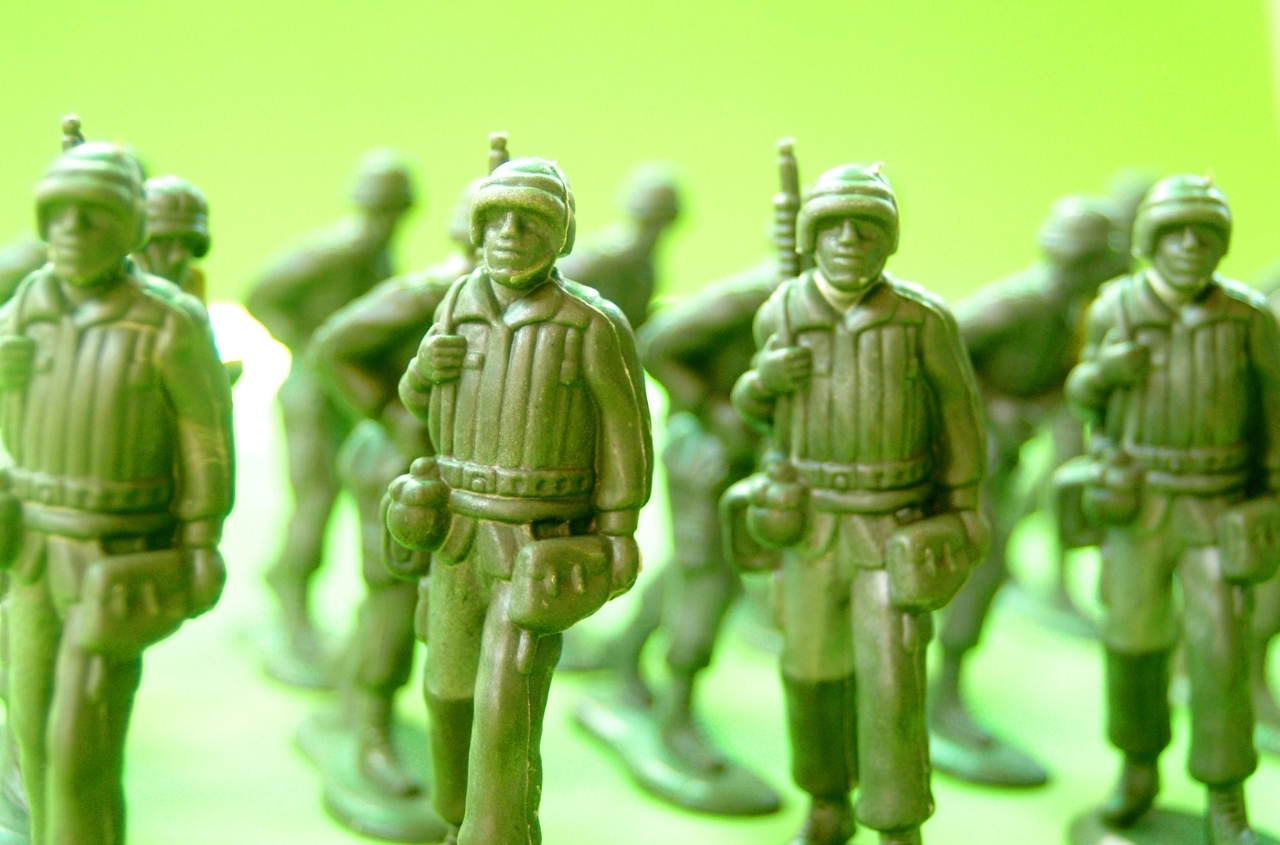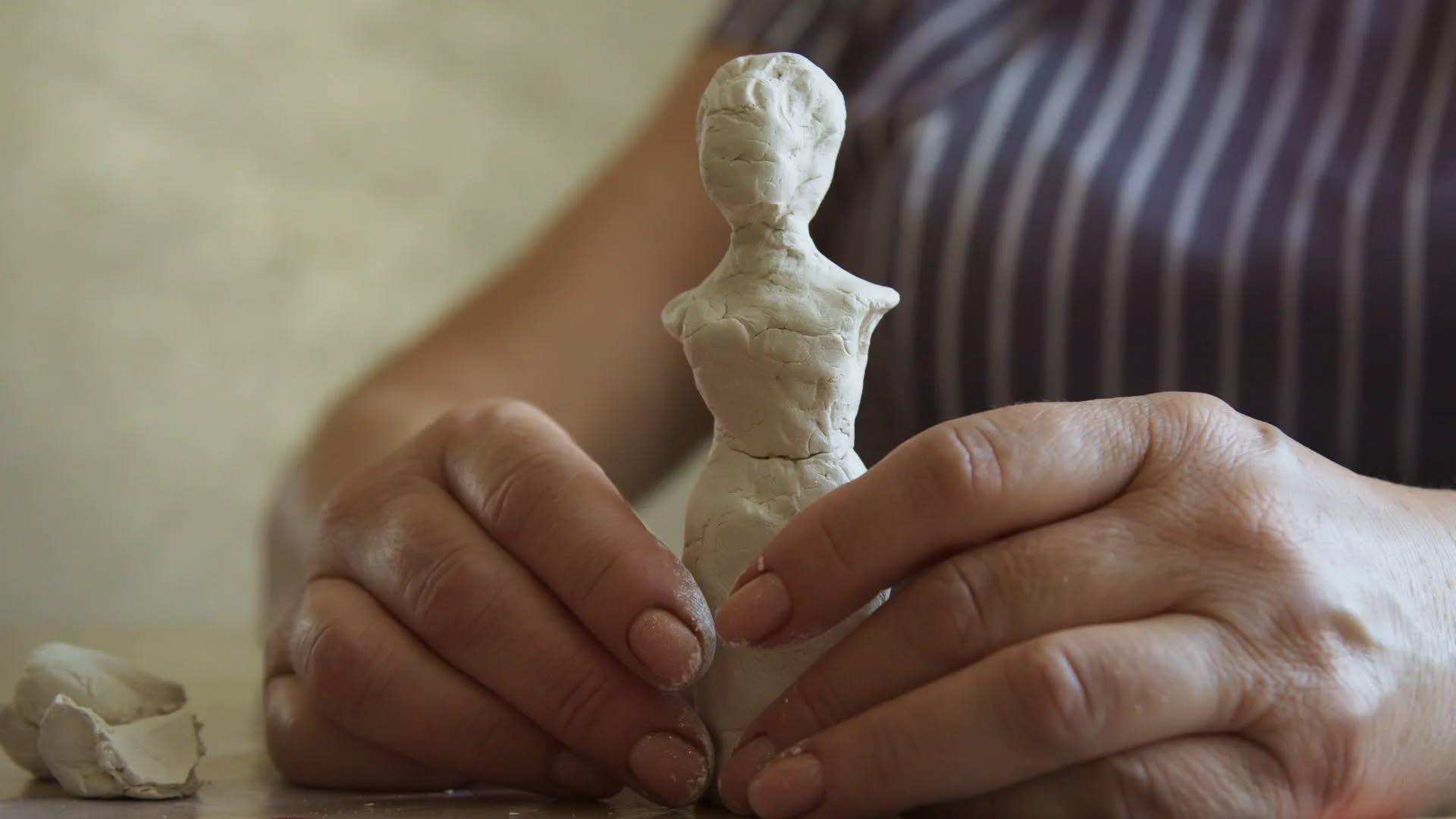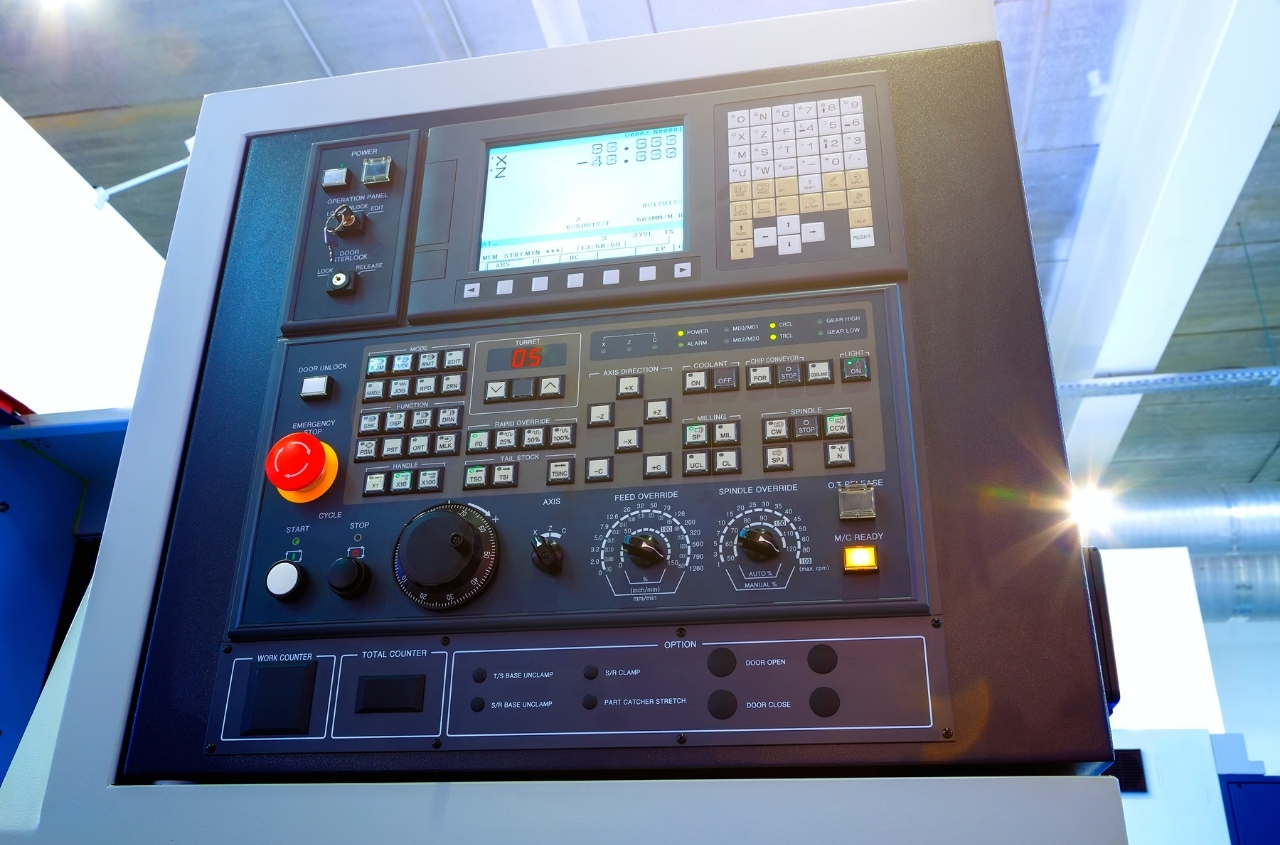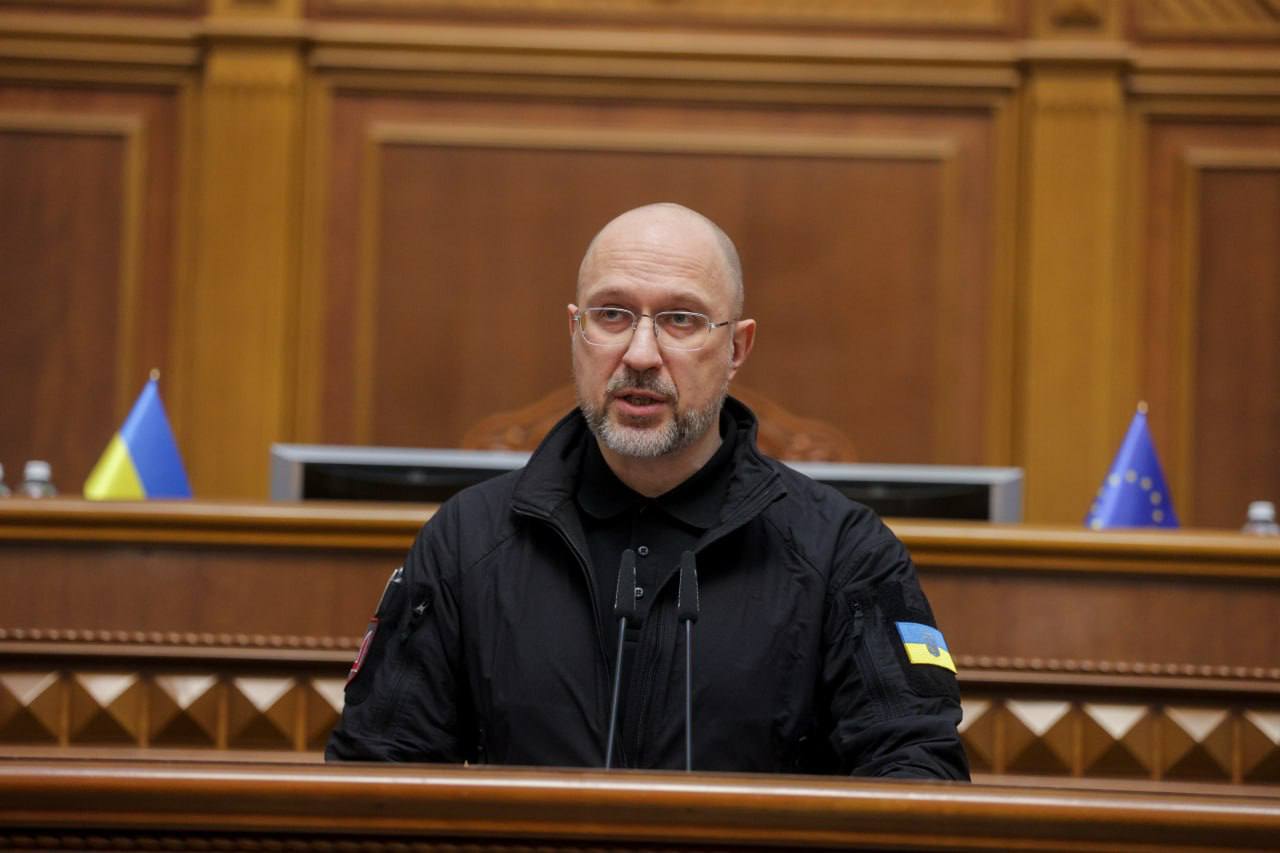by Alexander Kovalenko for Obozrevatel
Since the beginning of the full-scale war between Russia and Ukraine, the aggressor's army increased by 130,000 in August 2022 and by 170,000 in December 2023. Now, Putin has "grown" it to 1.5 million – an increase of 180,000. This trend will continue, as Russia will fight against Ukraine primarily with human resources. So how can we confront this horde?
No Breaks Ahead
Throughout September, the most common question I received was about when the Russian occupation forces would pause their offensive. At some point, they should take an operational break to restore the combat effectiveness of their units and regroup, but that has not happened for several months and will not happen.
The reason is that the Russian Armed Forces have long since moved away from traditional offensive operations—those with a sequence of predictable actions considering the combat capabilities of their units.
Currently, the average monthly losses of the occupation army are around 35,000 soldiers. Meanwhile, Russia mobilizes between 35,000 to 40,000 personnel each month. Thus, the monthly losses of the Russian Armed Forces in Ukraine are compensated to zero and sometimes even slightly more, thanks to the effective operation of their mobilization system.
And I haven’t even mentioned that a significant portion of those 35,000 are sanitary losses, meaning the wounded. Approximately 30% of them have light injuries and can return to service within a month, which also contributes to the replenishment.
As a result, the Russian occupation forces will continue to advance month after month until their losses exceed their potential for compensation. For example, with monthly losses reaching 50,000, a mobilization potential of 35,000-40,000 will no longer be sufficient, even considering the return of lightly wounded soldiers.
Therefore, with serious issues regarding equipment and an increasing shortage in their ranks, the command of the Russian Armed Forces will address this by transforming the army into a single marching battalion—relying solely on human resources and continuing to increase this component as the situation worsens with mechanized supply.
In 2025, the Ukrainian Defense Forces will face the challenge of the enemy's quantitative superiority in personnel. This will be their main challenge of the year, which they must already adapt to and prepare for.
Counteraction
As noted, Russia will not be able to launch offensives when monthly losses exceed its mobilization potential. In simpler terms, a turning point in the war will occur when we start killing Russian occupiers at a much higher rate than they can recruit each month. However, it's certainly easier said than done. Or is it?
Since 2022, the Ukrainian Defense Forces have continually tried to adapt to the conditions of war against an opponent with significantly greater military and economic resources. We have experimented, implemented new methods of fighting against the Russian occupiers—particularly against their mechanized components—and have consistently been one step ahead of the enemy in terms of creative approaches.
However, from the end of 2023 into 2024, there has been a certain stagnation and fixation on previous achievements—without bold and radical experiments. We are now at a point where we need to prepare for a new stage of the war, where the accomplishments of past years serve as a springboard for new solutions, but are not solutions in themselves.
It's also important to remember that counteraction methods requiring adaptation encompass both passive and active means.
Active Counteraction Measures
Against large numbers of enemy personnel, area-effect weapons are more effective than precision munitions. In particular, when discussing 155 mm artillery shells, cluster munitions will be more relevant in 2025 than high-explosive fragmentation rounds.
155 mm munitions were actively used by the Ukrainian Defense Forces in 2023 and proved their effectiveness. In 2025, they may play a decisive role in the new stage of the war, along with area-effect weapons in general, including FPV drones.
One example of FPV drone application in the upcoming conditions is using volumetric-detonating munitions (filled with shrapnel) in the air. Such FPV drones have already been used on multiple occasions but have not gained popularity. Drones with unitary warheads, where one drone targets one objective, continue to dominate. This will be inefficient and wasteful in 2025.
The saturation of the frontline with mortar components and universal multiple-launch rocket systems at the battalion level and below will also become crucial.
While our beloved media and experts of all levels primarily discuss howitzers, self-propelled artillery, and ballistic missiles, the topic of mortars—playing one of the most important roles in counteracting infantry—is almost completely ignored!
In the upcoming stage of the war against the Russian Armed Forces, which will represent a total invasion of human resources from the enemy, ensuring the Ukrainian Armed Forces have mortars of calibers 60 mm, 82 mm, and 120 mm is critically important. There should also be exploration of the possibility of obtaining divisional-level mortars of 160 mm and even the unusual 98 mm and 100 mm mortars from partners.
Of course, preference in the nomenclature of munitions for mortars of 120 mm should be given to cluster munitions with cumulative-fragmentation submunitions as the most optimal means of destroying personnel. However, thermobaric munitions of both 120 mm and 82 mm calibers, which are serially produced, for example, in Bulgaria, are also very attractive.
If we do not start paying proper attention to battalion artillery today, we will face serious problems with the continued offensive of the Russian Armed Forces in a "by any means necessary" mode by 2025 and will find ourselves asking: how is it that our defensive lines are crumbling?
Passive Counteraction Measures
Regarding passive measures, I must say that I am extremely radical; I believe it is entirely reasonable for Ukraine to withdraw from its commitments under the Ottawa Convention during the war with Russia.
Ukraine signed the international agreement to cease the use of antipersonnel mines as a means of armed struggle in 1999, and ratification of the convention was carried out through the Verkhovna Rada in 2005. At that time, we had the fifth-largest stockpile of antipersonnel mines in the world! Moreover, Ukraine was the second-largest operator of PNM and PFM-1 mines, with Russia being the first.
A dissonant moment came in 2015 when, during the ongoing Russian-Ukrainian war, the EU ambassador to Ukraine, Jan Tombinski, stated that the disposal of three million antipersonnel mines would be carried out by 2018...
While many lament Ukraine's abandonment of nuclear weapons and fantasize about restoring our country's nuclear status, I regret that we once gave up antipersonnel mines. Our historical enemy, Russia, has never renounced them and actively uses them in the war against us.
I believe Ukraine has every right to reconsider its status under the Ottawa Convention obligations—up to and including unilateral withdrawal.
Moreover, I should add the classic set of antipersonnel fortifications well-known from the last century—from barbed wire fences on tripods (a network of three rows of stakes and a reinforced fence with two rows of stakes with detonating traps, etc.) to folding metal tripods, auxiliary and portable shooting positions, etc. There is plenty of this material available in the public domain, not to mention specialized resources.
Conclusions
The General Staff of the Armed Forces of Ukraine does not have much time to adapt to a new stage of Russian aggression, where the main feature will be the use of a massive, even hypertrophically large, and temporarily inexhaustible human resource.
In a war of human resources, we cannot defeat Russia. Our victory will depend on increasing the ratio of losses not by multiples but by orders of magnitude. If the current loss ratio is 1 to 4 and sometimes even 1 to 7, by 2025, to have a chance of victory and even counteroffensive, we must aim for a loss ratio of 1 to 10, 1 to 15, and 1 to 20... and even higher.
It sounds incredible, but with the right, measured, and professional approach, it is achievable. Otherwise, 2025 will be akin to the present—another year of defense, with a gradual loss of territory and no conditions for a counteroffensive.









